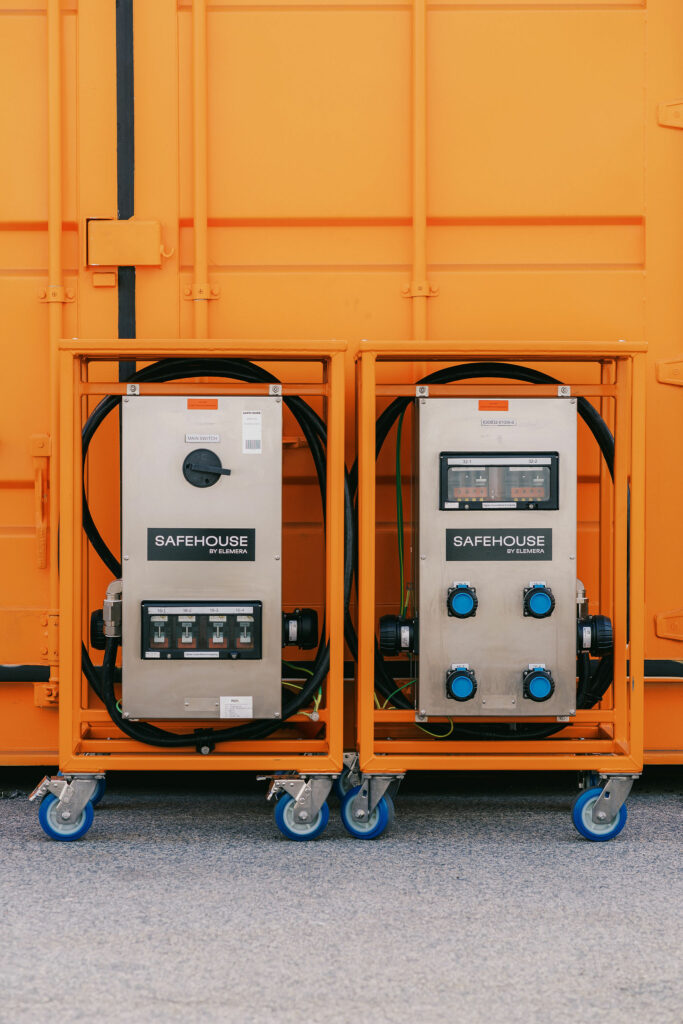Things about Roar Solutions
Things about Roar Solutions
Blog Article
The Single Strategy To Use For Roar Solutions
In order to shield setups from a potential surge a technique of evaluating and classifying a potentially unsafe area is required. The function of this is to guarantee the proper option and installment of equipment to eventually protect against an explosion and to make certain security of life.

(https://www.wattpad.com/user/roarsolutions)
No devices ought to be mounted where the surface area temperature level of the tools is higher than the ignition temperature of the offered risk. Below are some usual dirt harmful and their minimum ignition temperature. Coal Dust 380C 225C Polythene 420C (melts) Methyl Cellulose 420C 320C Starch 460C 435C Flour 490C 340C Sugar 490C 460C Grain Dirt 510C 300C Phenolic Material 530C > 450C Aluminium 590C > 450C PVC 700C > 450C Soot 810C 570C The likelihood of the risk existing in a focus high enough to cause an ignition will certainly vary from area to area.
In order to categorize this danger an installment is divided into locations of threat relying on the amount of time the harmful exists. These locations are described as Areas. For gases and vapours and dirts and fibres there are three areas. Area 0 Zone 20 A dangerous environment is highly likely to be present and may be existing for extended periods of time (> 1000 hours annually) or also constantly Area 1 Area 21 A harmful atmosphere is possible however not likely to be existing for extended periods of time (> 10 450 C [842 F] A category of T6 indicates the minimal ignition temperature is > 85 C [185 F] Unsafe area electrical devices maybe created for use in greater ambient temperature levels. This would certainly suggested on the score plate e.g. EExe II C T3 Ta + 60C( This implies at 60C ambient T3 will not be surpassed) T1 T1, T2, T3, T4, T5, T6 T2 T2, T3, T4, T5, T6 T3 T3, T4, T5, T6 T4 T4, T5, T6 T5 T5, T6 T6 T6 A T Course ranking of T1 indicates the maximum surface area temperature level generated by the tool at 40 C is 450 C. Presuming the connected T Course and Temperature level ranking for the equipment are proper for the area, you can constantly use an instrument with a much more rigid Department ranking than needed for the location. There isn't a clear answer to this question. It actually does depend upon the sort of devices and what repairs need to be performed. Devices with certain test treatments that can not be carried out in the area in order to achieve/maintain 3rd party ranking. Must come back to the factory if it is prior to the tools's solution. Field Repair Service By Authorised Employee: Complex screening may not be called for nevertheless details procedures might need to be complied with in order for the equipment to preserve its 3rd party score. Authorized employees have to be used to carry out the job correctly Repair have to be a like for like substitute. New component need to be thought about as a straight replacement calling for no special screening of the devices after the fixing is full. Each item of tools with a hazardous ranking need to be assessed individually. These are laid out at a high level listed below, but also for even more in-depth info, please refer straight to the standards.
Some Of Roar Solutions
The tools register is a thorough database of equipment documents that consists of a minimum collection of areas to determine each item's area, technical specifications, Ex category, age, and environmental information. The ratio of In-depth to Shut evaluations will certainly be established by the Devices Risk, which is examined based on ignition danger (the probability of a source of ignition versus the possibility of a combustible atmosphere )and the harmful location classification
( Zone 0Area 1, or 2). Implementing a robust Risk-Based Examination( RBI )strategy is vital for guaranteeing compliance and security in taking care of Electric Devices in Hazardous Locations( EEHA).
Getting The Roar Solutions To Work

In terms of explosive risk, a dangerous location is a setting in which an eruptive ambience is existing (or may be anticipated to be present) in amounts that require special precautions for the building, installation and usage of equipment. eeha. In this article we check out the challenges faced in hop over to these guys the work environment, the threat control actions, and the needed expertises to work securely
It issues of contemporary life that we make, store or manage a series of gases or fluids that are regarded combustible, and an array of dirts that are considered combustible. These substances can, in particular problems, develop explosive atmospheres and these can have major and unfortunate repercussions. The majority of us know with the fire triangle eliminate any among the three aspects and the fire can not happen, yet what does this mean in the context of dangerous areas? When damaging this down right into its simplest terms it is essentially: a mix of a certain quantity of release or leakage of a particular substance or material, mixing with ambient oxygen, and the presence of a resource of ignition.
In most instances, we can do little regarding the degrees of oxygen in the air, yet we can have significant impact on resources of ignition, for instance electrical equipment. Hazardous locations are recorded on the harmful area category illustration and are identified on-site by the triangular "EX LOVER" indicator. Below, amongst other vital information, zones are divided right into 3 types relying on the hazard, the possibility and duration that an eruptive atmosphere will exist; Area 0 or 20 is considered the most unsafe and Zone 2 or 22 is considered the least.
Report this page